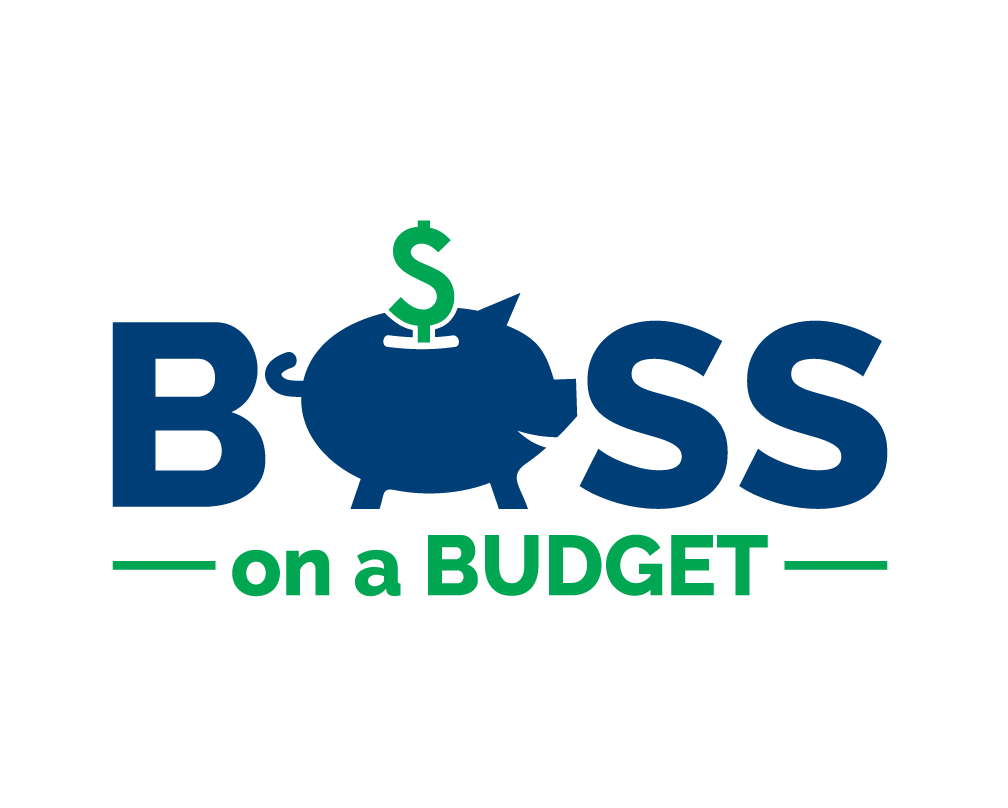What I Wish You Knew Before You Started Your Nonprofit
Dear Nonprofit Founder, or Soon-to-Be-Founder, this post is for you. I want you to come take a seat and chat with me just a little while. When I started Boss on a Budget®, I specifically had you in mind because I noticed the void. I noticed that resources for nonprofits are almost targeted to organizations that are already established. Most articles, blog posts, and trainings don’t focus on helping small grassroots organizations and movements build resources and thrive. So, here we are.
There are some things we must discuss. You may be at the point where you’ve hit the brick wall and you’re searching for help, or I may have caught you right before you begin your startup journey. Either way, let’s talk about what you should know before you get started.
It’s your baby, but you don’t own it
I’ve seen this scenario many, many times: Once you get the incorporation letter, you feel euphoria from knowing that your dream is real. You hit the ground running to file the correct paperwork and to get funding to survive. You put in extra time during late nights and weekends to help get your vision off the ground. You funnel your savings into the organization, hoping for the day you can become self-sufficient and make enough to have a salary. All that is well and good until the day you and your Board disagree. You are offended at the fact that the Board can go against your wishes. How could they go in another direction when you’re the one who’s invested most of your time. This is your vision. This is your baby!
In all of this, you must remember, that the nonprofit you create is not yours. Yes, you will make the initial investment. But the ultimate goal is to create an organization governed by the community, not governed by the person who started it. Though you may feel emotionally and financially tied to the organization, you have no ownership rights to the organization. So prepare yourself to let go of your baby one day. You have to believe that the values and mission that you begin with will stand the test of time and last even though administration changes. The composition of your board will have a profound effect on the direction of your organization, so choose wisely.
This leads me to my next point.
Your board will make or break you
Each board member has the legal responsibility to ensure that the organization fulfills its duties in carrying out its mission. The board is the governing body of the organization. Period. They make decisions regarding the direction of the agency. They ensure that the organization is financially viable. They support the leadership to ensure that programs and services are effective. They are the foundation you need to support your nonprofit’s launch. They should be the safety net when the organization will inevitably encounter an identity or financial crisis. Yet, the board is the area that I find most startup nonprofits spend the least amount of time on. Most Founders ask close family and friends for their names to submit the paperwork and soon forget about the board until they need help.
Remember, the organization may feel like it’s your baby, but the responsibility of the organization should never be on your shoulders alone. Nonprofits are public organizations. They are built on a community model, where groups of people govern together for the common good. It is not for you to make decisions independently and operate as a one person show. Your board has ultimate responsibility for the actions of the nonprofit and may even be held liable for any wrongdoing. They must have an active role in making strategic decisions about the direction of the organization. You must be proactive about setting expectations for their participation on the board. Provide opportunities to educate and train them to be better advocates for your organization. Make sure they believe just as strongly in your mission. Select people who come from varying industries and have expertise that can benefit the management of the organization (such as financial management or law). Select people with access to different networks other than yourself. Make sure your board has adequate representation of people from different walks of life including age, gender, race, and income. Make sure the perspective of your clients is also reflected on your board. Don’t assume that board members will know what to do. Even with persons who have served on boards before, you cannot assume that they are completely knowledgeable or even comfortable being in their role. Create attainable goals that board members can reach: Ask them to host two house party fundraisers a year. Conduct quarterly meetings and present key financial and programmatic reports that they can discuss. Require them to contribute a meaningful amount (e.g. $1,000/year) to the organization. Ask them to make thank you phone calls to major donors.
Make your expectations clear and do not be afraid to challenge them to work. After all, isn’t that why they were selected? Never assume that a board member will not have time to serve. If that was the case, they should have not accepted the position. Make it a privilege for someone to serve on your board. Interview potential members and make it clear that membership requires participation and monetary support. Grab my board recruitment toolbox which includes sample questions you can use to find board members.
Everyone’s a fundraiser
As a founder, it can be hard in the beginning to understand the key differences between a for profit or nonprofit organization. People find the focus on mission for nonprofits more appealing than focusing on the next dollar with a for-profit business, not understanding the fundamental difference between the two. Nonprofits accept public dollars; they are held to different standards. Nonprofits can make profit, but cannot use too much of their time focusing on raising money to fund their operations. Most funding has to be related to the mission of the organization. Nonprofits are set up to rely on public money. Because of that, you will feel like you’re in a perpetual state of begging. You will soon discover that every interaction with the public should be an opportunity to educate someone about your organization. You will also learn that fundraising will take up the bulk of your time. If you are the Executive Director, it will be a major role that you cannot run from. If you’re not comfortable asking for money, then you have to get rid of that fear very quickly. Learn how to refine your message. Become skilled at telling the stories of the people you serve in a way that connects with the person in front of you. Talk about how your organization changed someone, instead of giving a laundry list of what you do.
You will learn that the purpose of fundraising is to build relationships and make connections with others. Make sure you have a plan for the financial sustainability of your organization. You will need to understand what it costs to keep your organization afloat, and how to raise the money to make up the difference. You will learn that your board should feel just as comfortable as you reaching out and making connections with others who may be interested in your organization's mission. Build a culture in your organization from the beginning that encourages everyone (even those at the direct-service level) to build relationships that can turn into pathways to funding.
Remember that fundraising is not just about the ask. It’s about building and nurturing genuine relationships to make people comfortable with supporting you.
The power in community
For new nonprofits, you may not have a lot of capital. You’re still small, formulating your program model and services, you haven’t made much of an impact, and you’re not exactly self-sustainable. You see that as a negative so you focus on chasing the next big grant or one or two major funding sources. Instead, you should harness the power in the community around you. Focus on building as large a network as you possibly can. Think about the individuals, organizations, associations, and businesses that may be aligned with your cause. Start reaching out to them to talk about your programs and to let them know you exist. Make sure you meet with someone new every week. Think about ways you can be helpful and provide a service for them to lay the groundwork for partnerships. When they perceive you as being helpful, and not someone simply jockeying for money, they are more likely to call on you later. If done right, the result can be a highly engaged group of supporters who are willing to go to bat for your organization.
As a startup, you should be talking to, educating, and working alongside your community. You should focus on building a tribe of people who will vouch for you even when you’re not in the room. Let me ask you a question: If you had the choice, would you rather have a $10,000 one-time start-up grant, or 100 committed, engaged volunteers who are willing to be foot soldiers for your organization? I know this may seem like radical thinking, but hands-down I would go with the foot soldiers. Why? Because you can’t begin to understand the untapped potential in people who care about your mission and are willing to evangelize and bring in even more supporters. In that 100, you have untapped donors, connections to local businesses and other benefactors, manpower for events, and so on. Yes, the grant will sustain you for awhile, but what happens when the funding stops? The key for nonprofits is sustainability. Funders want to know you can survive without them and donors want to know you are good stewards of their money. Who wants to give to an organization that won’t be around in a year? The bigger and stronger your foundation (in other words, your community), the more likely you can weather the storm of the startup years. Don’t forsake your community; think critically about how to continually engage them and make them feel like they are part of your organization.
Starting a nonprofit is not for the weak or weary. The next step in the journey is not always clear and you will often feel like you’re winging it. However, my hope is that this post is a helpful start in understanding what you should value and where you should spend your time.



